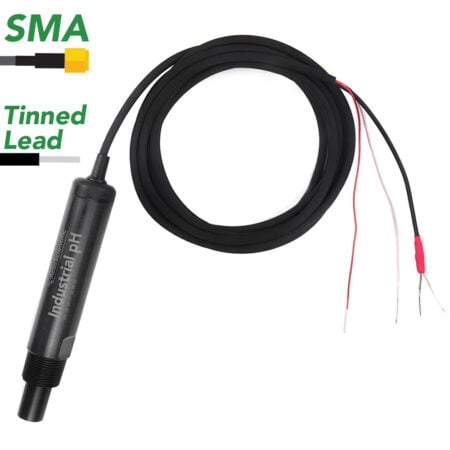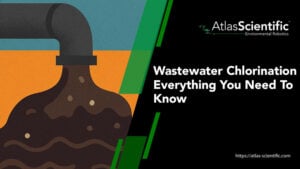Subtotal: $159.99

How To Reduce TDS Of Water?
Reverse osmosis is still a very good and popular way to reduce TDS, but there are many alternatives that might be better for your particular evil
Product Categories

Carbon dioxide is the most common cause of acidic water, however, anthropogenic (human-induced) pollution which causes acid rain, can also make the water acidic.
When water becomes acidic, it is very corrosive, and when water becomes corrosive, it can damage plumbing systems, costing water industries millions of dollars in repair costs. Acidic water can also leach heavy metals from eroding pipes, increasing the amount of copper, zinc, and lead in the water, which is a problem for drinking water.
The United States Environmental Protection Agency (EPA) recommends public water to have a pH range between 6.5 and 8.0 for safe consumption.
Even though acidic water is thought to potentially be beneficial for your skin, hair, and washing systems in your home, it also can be dangerous.
The potential of hydrogen (pH) tells us a lot about water quality. Acidic water has a low pH, which means it can easily corrode metal pipes and discharge metals from surfaces that the water passes over.
The pH of water is based upon hydrogen ion (H+) activity, but for practicality, when we refer to the pH of water, we are measuring how acidic or alkaline (basic) a solution is.

The pH scale is logarithmic, running from 0 to 14. If water has a pH value between 0 and 6.5, it is acidic, a value of 7 is neutral, and 7.5 to 14 is basic. Water that is acidic is also referred to as ‘soft’, and water that is alkaline is commonly called ‘hard’. This is why the pH of water is usually referred to as water hardness instead of a specific pH value.
Carbon dioxide (CO2) is the most common cause of acidic water. Carbon dioxide decreases the pH of water during precipitation, photosynthesis, respiration, and decomposition.
When CO2 dissolves in water, it can react with the water molecules to form carbonic acid (H2CO3). To understand the process, we can take a look at the following equation:
CO2 + H2O ⇔ H2CO3
Once formed, carbonic acid can release one or more of the hydrogen ions, decreasing the pH of the water, and making it acidic, as shown below:
H2CO3 ⇔ HCO3- + H+
HCO3- ⇔ CO32- + H+
Depending on the pH level, the equation can shift directions, acting as a buffer system. When water has a high pH, it will shift to the left, picking up a hydrogen ion.
As dissolved CO2 levels increase in water, it is the increase of H2CO3 which decreases the pH, turning the water acidic.
To put this more simply, we can look at the hydrological cycle.
When water from the ocean, lakes, and streams evaporate, the warm air rises, cools, and then condenses to form clouds. This is a natural water filtration process. As water evaporates, the bacteria, minerals, and water hardness are vaporized, making the water soft and acidic.
This vaporized water then returns to the earth’s surface during precipitation, but now it contains dissolved CO2. If the rainfall passes through layers of rock and sediment, the pH of the water will change depending on the environmental conditions it faces.
For example, if the rainfall passes through calcium-rich limestone, the water will have high mineral content, making it hard, and therefore increasing the pH to become basic.
However, if the rainfall passes through rocks containing granite, the water will still be acidic because the rocks lack calcium to buffer the pH and neutralize the water. This is common in wells, which flow into groundwater systems and finally into our water supplies, giving us acidic water conditions.
pH fluctuations are often caused by anthropogenic pollution, and acid rain is a prime example of how humans can influence the pH of water.
Precipitation that has a pH level lower than 5.0 is called acid rain. When rainfall chemically interacts with nitrogen oxides, sulfur oxides, and other acidic compounds, the rain becomes more acidic.
Acid rain is not natural, despite precipitation being a natural phenomenon. Emissions from mining and smelting operations or the burning of fossil fuels such as factory coal burning and vehicles, contribute to extremely high levels of CO2 entering the atmosphere, decreasing the pH of the rain.
But, human impacts do not only make rainfall water acidic, it can also occur on land.
Water can become acidic when chemicals interact with water during agricultural runoff, industrial runoff, or wastewater discharge. Coal mining operations are a classic example of point source pollution from humans because they produce acid runoff and acidic groundwater seepage if the surrounding area and soil are poorly buffered. This is why it is also important to measure the pH of the soil in a wide range of industries when looking at water quality.
Acidic water is treated in two ways to neutralize the water:
The most common and best way to neutralize the pH of water is to use an acid-neutralizing filter inside a pressurized tank. This method is used when the water has a pH of 5.5 or higher.
Water flows through a calcium carbonate (calcite) filter, which allows the water to absorb the minerals, increasing the water’s hardness. The pressurized tank contains an automatic backwashing valve that flushes the water over the calcite mineral, removing any iron and solids.
Sometimes the water can become too hard. Often, water softeners are added after the process to remove the water hardness, so that the water has a neutral pH.
Chemical feed pump systems are used when the water is very acidic (below 5.5). A precise amount of soda ash solution (sodium carbonate) is injected into the water via a chemical feed pump to increase the pH level. When soda ash is added to water, it neutralizes the pH of the water by increasing the sodium level.
This process is commonly called a proportional pH balancing system, as it ensures the pH is uniform, no matter the flow rate from the pump.
It is important to measure the pH of water. The easiest way to measure the acidity or alkalinity of water is with a pH sensor; pH measures the interaction between hydrogen and hydroxide ions within a water-based solution.
A pH meter works by measuring the electrical potential (voltage) produced by the water, using the potential difference to determine the pH value.
Depending on what application you are working with, will determine which pH sensor is right for you. At Atlas Scientific, we have different pH sensors for various applications.
Carbon dioxide is the most common cause of acidic water during natural processes like precipitation, photosynthesis, respiration, and decomposition. However, anthropogenic pollution such as burning fossil fuels which causes acid rain, can also make the water acidic.
If you have any questions regarding the pH of water, or what pH probes we have to offer, do not hesitate to contact our world-class team at Atlas Scientific.







Reverse osmosis is still a very good and popular way to reduce TDS, but there are many alternatives that might be better for your particular evil

Wastewater chlorination adds chlorine compounds to wastewater that produce “free chlorine,” which destroys pathogens by damaging cell membranes, disrupting cellular respiration, and rendering enzymes non-functional.